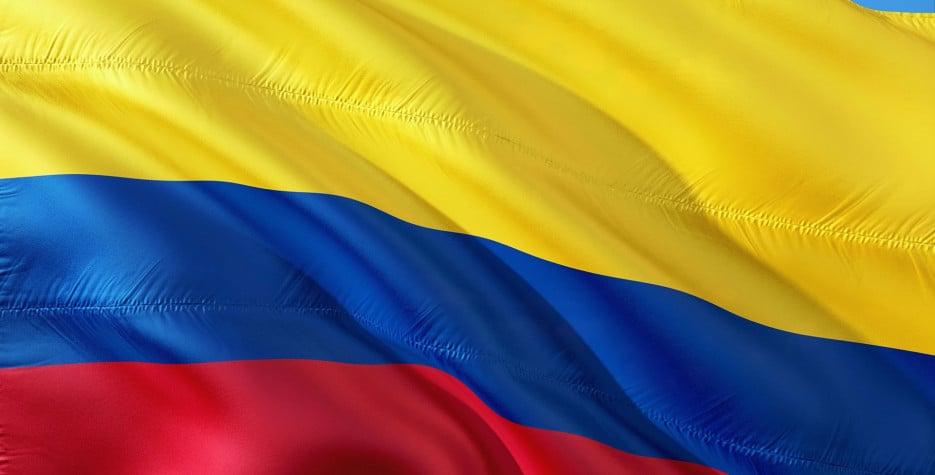When is Colombian Independence Day?
This holiday is always celebrated on July 20th. If it falls on a weekend, it will not be observed on a weekday.
It is Colombia's national day and marks the start of the movement to independence from Spain in 1810.
History of Colombian Independence Day
The Spanish first arrived in Colombia in 1499, founding the first permanent settlement in 1510. Under the reign of King Charles III (reigned 1759-1788), resentment in the colonies was growing as the Spanish insisted that the colonies could only trade with Spain, limiting their growth and also as the Spanish support for the Americans in the US war of independence increased taxation. This had led to small, ineffective rebellions.
Following the Napoleonic Wars and the turmoil in Europe, Criollos (natives born from Spanish descent) who wanted independence seized their chance.
A revolution caused by a flowerpot
On July 20th 1810, an uprising in Bogota was seen as the catalyst for independence and it is that uprising that is celebrated by the Declaration of Independence holiday.
In the months leading up to July 20th, there had been insurrection and declarations of juntas (Military governments) in the region and it was expected that it was only a matter of time before similar events happened in Bogota.
To make sure that the uprising started, the Criollos hatched a plan. They wanted to make a prominent local businessman, José González Llorente, angry against them, to incite the locals. On the morning of July 20th, they visited him to ask if they could borrow a flowerpot to give to a fellow Criollo, knowing full well that Llorente would refuse. It's not exactly clear how he refused, and it is unclear if the flowerpot was broken, and if so, who broke it. Nevertheless, the visit did the trick and proved to be the spark that ignited the riots in Bogota. That afternoon, the people's Junta was formed.
It wasn't until 1819 when Colombia became a republic and its independence from Spain was formally recognised.
In 1819, when Colombia first became a republic, the modern day countries of Venezuela, Ecuador, and Panama were part of Colombia. It wasn't until 1830 when Venezuela and Ecuador became separate states, and not until 1903 when Panama became a country.
How is Colombian Independence Day celebrated?
Independence Day is celebrated with parades and marches across the country, as on this day, Colombians come together to celebrate freedom and their cultural heritage.
A popular food today is the national dish of bandeja paisa, which typically consists of minced meat, white rice, red beans, fried egg, plantains, pork, and avocado. “Paisa” refers to the Paisa region of Colombia, and “bandeja” means “platter,” as this dish is intended to be served on a platter, given its size!
Watching sports and listening to traditional folk music are popular activities. Other traditions include gathering to play tejo, a game believed to have originated with central Colombian Indigenous cultures, in which opponents throw metal disks at explosive targets.
Llorente's house in Bogota, the scene of the flowerpot incident is now the '20 July Museum' and a popular place to visit on July 20th.


